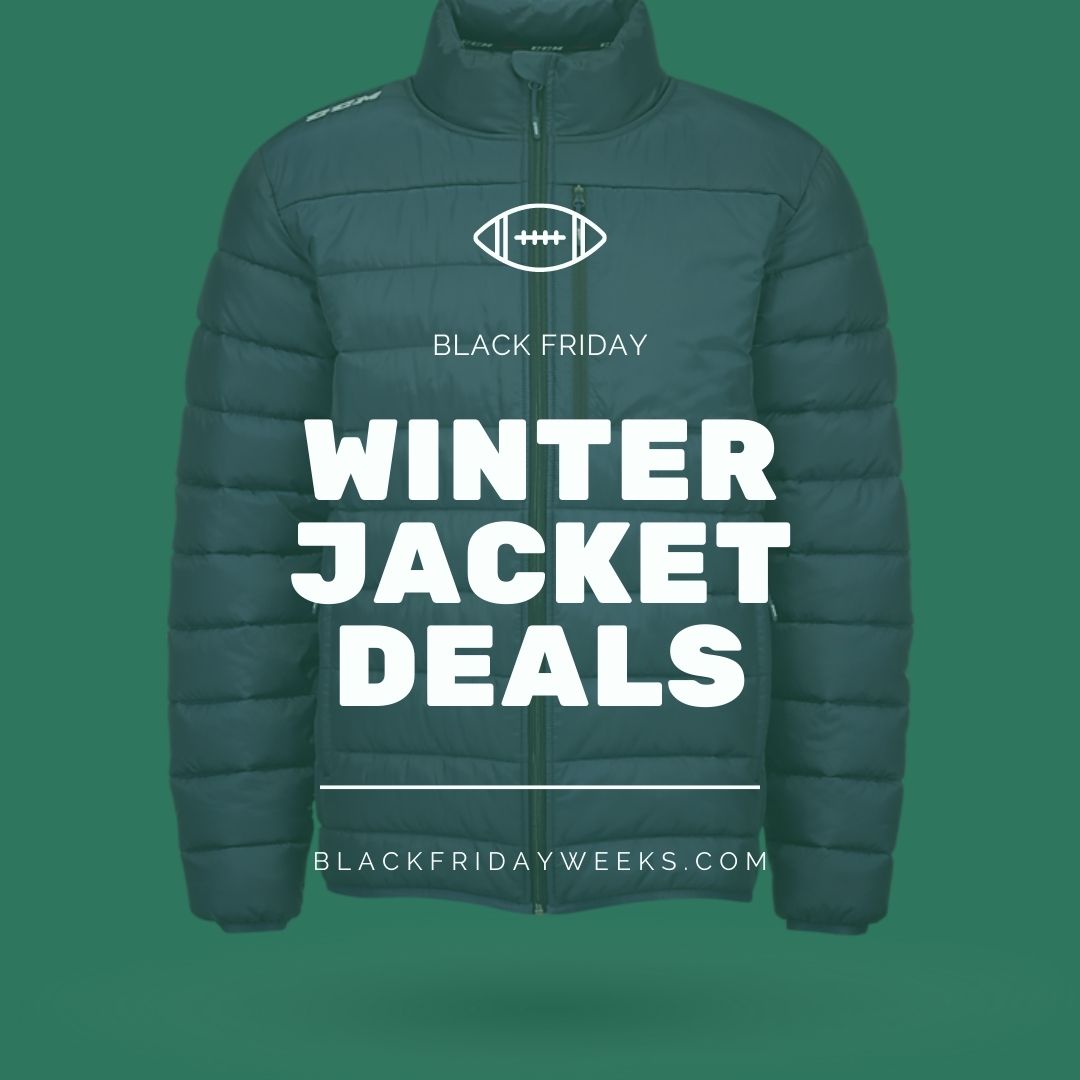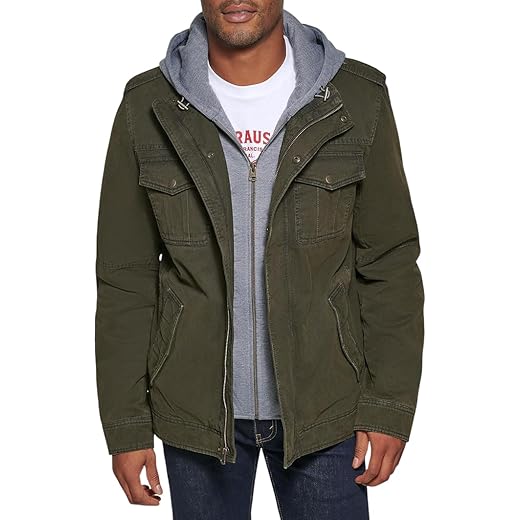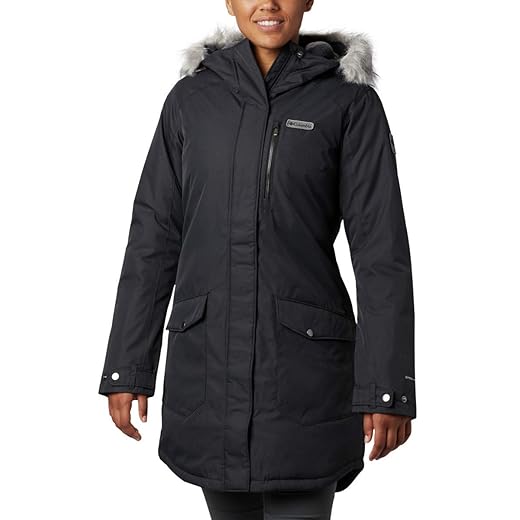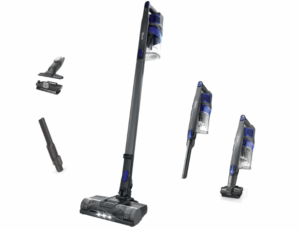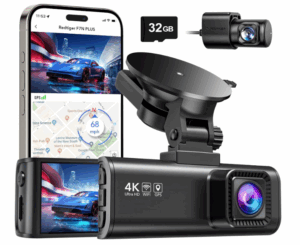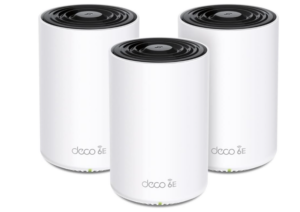Do not be alarmed if you missed the Black Friday sales. There are still plenty of excellent bargains to be had, particularly if you’re looking for winter coats for yourself, your children, or anyone else in the family.
Numerous styles and types are currently on sale, despite winter being just around the corner. Whether you’re looking for women’s winter coats, men’s ski jackets, or children’s puffer jackets, we’ve rounded up the best winter coat deals to help you save big.
Black Friday Winter Jacket Deals: Find The Perfect One For You.



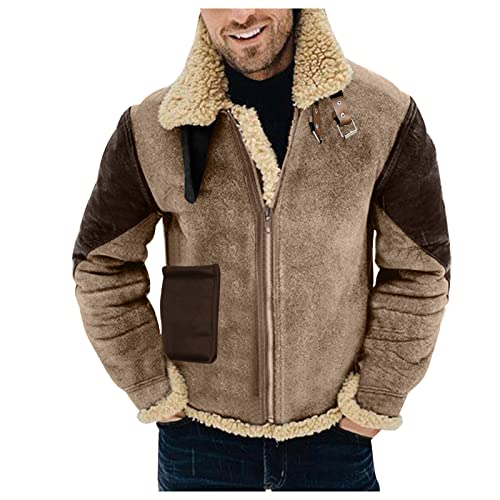
Winter Jacket Buying Guide
Choosing a jacket for your next adventure can be challenging! There are so many options for men’s and women’s ski jackets and casual jackets that it is not easy to choose the right one for you.
There are numerous factors to consider when selecting the best winter coats. Before you head to our upcoming Winter + Ski Sale to stock up on winter essentials, look at our breakdown of the several types to help you make the best choice for this winter:
Types of Winter Jackets
A Winter jacket is an inclusive term that should be broken down into a few key subcategories.
Casual Winter Jacket
If you have seen some technical-looking jackets with a touch of flair, such as a fur hood, this is what we would call a casual winter jacket.
Jackets designed for casual wear and everyday use are ideal for low-intensity activities such as commuting, walking the dog, and going out. Typically, these jackets are constructed of heavier materials that restrict movement and do not breathe well.
The aesthetic is more important than function in this case, and there are so many style options. Try a bomber, pea coat, or down parka to express yourself while remaining warm this winter.
Consider everyday jackets to be casual winter wear. While they are not ideal for activities such as running or hiking, they have an edge in terms of style.
Performance/Active
Winter jackets are divided into two broad categories. The first is for casual wear. You want to wear supportive materials when running, hiking, or cross-country skiing. Technical fabrics such as polyester, goose down, and breathable fleece trap heat while remaining lightweight.
Additionally, active jackets should not impede your movement. To stay active throughout the winter, it’s critical to dress in layers that will keep you warm and support you during your chosen activity.
Jackets with a Hardshell vs. Jackets with Insulated Midlayers
A Hardshell jacket is an uninsulated, typically hooded jacket that is the most versatile for any activity involving snow or rain. Usually, these will be waterproof and windproof, making them an ideal choice for mild winter sports.
As with wearable shields that protect you from the elements, Hardshell’s are intended to be your outermost layer. Typically, jackets in this category are designed specifically for use in cold and unpredictable weather.
Hardshell provides windproof and waterproof protection for skiers, mountaineers, and everyday users. A burly Hardshell
The amount of waterproofing and seam taping (which keeps moisture out) will influence the jacket’s price. For instance, a Gore-Tex material will be more expensive, which is excellent for keeping you dry.
Hardshell jacket may be the most sensible choice depending on your location. Regardless of the level of waterproofing, we recommend selecting a shell that allows for the layering of a half-zip or even a filled jacket beneath to make it work on colder days.
Jackets with Insulation
Each jacket on our list is equipped with integrated insulation. Like a wearable blanket, insulated jackets are designed to keep you warm. We have included insulated jackets that offer varying degrees of insulation.
Certain items on our list, such as the Arc’teryx Atom LT, are thin and light, making them ideal for use in moderate conditions or as a midlayer in extreme cold. Meanwhile, puffy expedition-style jackets such as The North Face’s McMurdo jacket feature a generous amount of high-performance insulation and are ideal for genuinely frigid environments.
We should keep in mind that everyone’s tolerance for cold varies, and thus the best uses for any jacket entirely depend on the wearer’s preferences.
Insulation Types
Insulation for the Down
Down is the warmest, lightest, and most compressible type of insulation on the planet, made from goose or duck plumage. Most of the insulated jackets on this list are down filled.
When it comes to the warmth-to-weight ratio, down remains the superior insulation material invented by humans. On the other hand, Down does require careful ownership and handling due to a few significant disadvantages.
Down does not repel water, and when wet, it becomes useless. Numerous down jackets on this list feature water-resistant outer fabrics. Nonetheless, keeping all down-filled layers out of the rain and water is critical.
If you decide to wear a down jacket in inclement weather, we recommend pairing it with a durable waterproof Hardshell.
Insulation Made of Synthetic Materials
Synthetic insulation is engineered to replicate Down’s lightness and insulating properties and retain those properties when wet. While the quality of synthetic insulation is constantly improving, it continues to lag natural insulation in terms of warmth-to-weight ratio.
The primary advantage of synthetic insulation is that it is significantly more resistant to moisture. Even when synthetic becomes wet, it frequently retains its insulating properties. Additionally, it dries quickly, particularly when exposed to wind and sunlight. Synthetic insulated jackets are typically less expensive than down insulated jackets for those on a budget.
If you are wearing your jacket in wet environments, such as the Pacific Northwest, consider a synthetic-filled jacket rather than a down jacket.
Filling Strength and Filling Weight
Fill power is a technical term that refers to the amount of warmth and loft provided by a jacket. The higher the rating, the greater the loft and warmth. Only down jackets are given a fill power rating.
The fill power rating of most down jackets is between 100 and 1,000. Down jackets for casual wear typically have a fill power rating of 400–700, whereas high-end performance jackets have a fill power rating of 700 or higher.
The fill weight refers to the total weight of the down insulation contained within. While fill power is frequently promoted more than fill weight, both are equally important to a jacket’s performance.
Down jackets are available in fill weights ranging from 4 to 20 ounces. Comparing fill weights is most effective when all jackets in question have a comparable fill power rating.
Resistance to the elements
When choosing a winter jacket, it is critical to consider the expected level of protection you will require. While the best jackets are helpful in various circumstances, certain styles, features, and materials are better suited to specific types of weather.
The size of the hood, the length of the jacket, and the design of the pockets are all factors in determining how well your jacket protects you from the elements.
Prioritize a jacket with a waterproof shell for wet conditions such as rain and sleet. The Arc’teryx Therme stands out on this list for its exceptional ability to keep the wearer dry.
Waterproof jackets feature taped seams and durable exterior fabric. Additionally, jackets in this category provide excellent wind protection.
If you intend to wear your jacket in sub-zero temperatures where snow is more likely than rain, a completely waterproof shell may not be necessary. While many highly insulated jackets are not entirely waterproof, they feature a moisture wicking DWR treatment.
Features
Utilizable features can decide between a good and a great jacket. Hoods, handwarmer pockets, and cuff closures are the most versatile and valuable winter jacket features. Combined features provide significant warmth and protection from cold conditions when these features are combined.
Hood
Winter jacket hoods are available in a variety of styles and sizes. A protective hood is required during inclement weather. Hoods that are well-designed allow for extensive customization and adjustment. The other hood features worth seeking include a fur lining and a stiff brim.
Two-Way Zippers
Two-way zippers enable you to open your jacket’s front from bottom and top. Two-way zippers are critical for leg mobility while walking and sitting in extra-long and thigh-length jackets.
Pockets for Handwarmers
Some winter jackets feature handwarmer pockets that are heavily insulated and lined with fleece. Handwarmer pockets are recommended for the coldest conditions when a pair of gloves is insufficient to keep your extremities warm. Handwarmer pockets are typically located in the jacket’s torso area, just below the chest.
Cuff Closures
Cuff closures enable you to form a seal around your wrist, preventing wind and snow from penetrating your sleeves. Inner gaskets and Velcro closures are two types of cuff closures.
FAQs
When it comes to winter jackets, warmth is the essential factor to consider. To maximize your warmth, you should consider the length, insulation quality (fill power), and insulation quantity (fill weight).
Any rating above 550 can be considered high-end on the fill power spectrum. We have included jackets with a fill power rating of up to 750 on this list.
When comparing jackets with the same fill power, the greater fill weight is likely to be warmer. However, additional factors and features such as baffling, cuff closures, and outer materials contribute to overall warmth. Fill weight is not the best indicator of heat on its own.
Extra-long and thigh-length jackets will keep you warmer than standard jackets with the same fill power. Of course, the most accurate way to determine warmth is to test various jackets in the elements and compare how they feel.
While some winter jackets are entirely waterproof, others are only water-resistant. The critical distinction between these two labels is that waterproof jackets feature fully taped seams and a waterproof membrane. Jackets such as the Arc’teryx Therme are excellent waterproof options that will keep you dry even in torrential rain.
It is determined by your style and function preferences. Having said that, hoods provide excellent protection against various weather conditions, including wind, rain, and snow.
While hoods do not provide the same level of insulation as a warm hat, they are beneficial — especially during storms. All the jackets on this list include hoods.
Winter jackets are typically more expensive than other jackets and winter clothing. We’ve included jackets with a price range of less than $200 to more than $1,000 on this list.
While it is not necessary to purchase a high-end, expensive jacket, you should remember that higher-quality jackets frequently prove to be more cost-effective overall. A jacket with taped seams, handwarmer pockets, a durable DWR coating, and two-way zippers will cost more.
Recent Posts
- SofaBaton X1S Universal Remote Review – Control Everything with One Smart Remote
- ☕ Ninja Luxe Café 3-in-1 Coffee Machine Review – Barista-Quality Brews at Home
- 🌬️ BLUEAIR Air Purifier Review – Smart, Stylish, and Powerful for Large Homes
- Tired of Pet Hair? This Shark Cordless Pet Vacuum Might Be Your New Favorite Tool
- 🚗 REDTIGER Dash Cam F7NP Review: Ultimate 4K Protection for Every Drive
You May Also Like These Deals!
SofaBaton X1S Universal Remote Review – Control Everything with One Smart Remote
Add Your Heading Text Here Products recommended in the post...
Read More☕ Ninja Luxe Café 3-in-1 Coffee Machine Review – Barista-Quality Brews at Home
🌞 Quick Introduce If you dream of café-quality drinks at...
Read More🌬️ BLUEAIR Air Purifier Review – Smart, Stylish, and Powerful for Large Homes
Quick Introduce Air quality matters more than ever—whether it’s dust,...
Read MoreTired of Pet Hair? This Shark Cordless Pet Vacuum Might Be Your New Favorite Tool
Say hello to your new favorite cleaning weapon: the Shark...
Read More🚗 REDTIGER Dash Cam F7NP Review: Ultimate 4K Protection for Every Drive
Whether you’re commuting, road-tripping, or just running errands, having reliable...
Read MoreUnbox the Excitement: Blind Bags Are Here!
Blind bags bring the thrill of surprise and the joy...
Read MoreTP-Link Deco AXE5400 Tri-Band WiFi 6E Mesh System: A Complete Review
Say goodbye to dead zones and buffering with the TP-Link...
Read MorePrime Day 2024: The Biggest Shopping Event of the Year!
Prime Day 2024 is here, and it’s bigger and better...
Read MoreProducts recommended in the post contain affiliate links. We may receive a commission when you buy something through our posts.
Why Trust Us
You will find what you are looking for at Black Friday Weeks. From classic to luxury brands, you'll find both. We will help you to select appliances that fit your needs, budget and lifestyle. Whether you want to stop by to learn more — or plan to make a major purchase — we’ll treat you like family and assist you every step of the way. Shop with us today to receive friendly and experienced help along the way.

